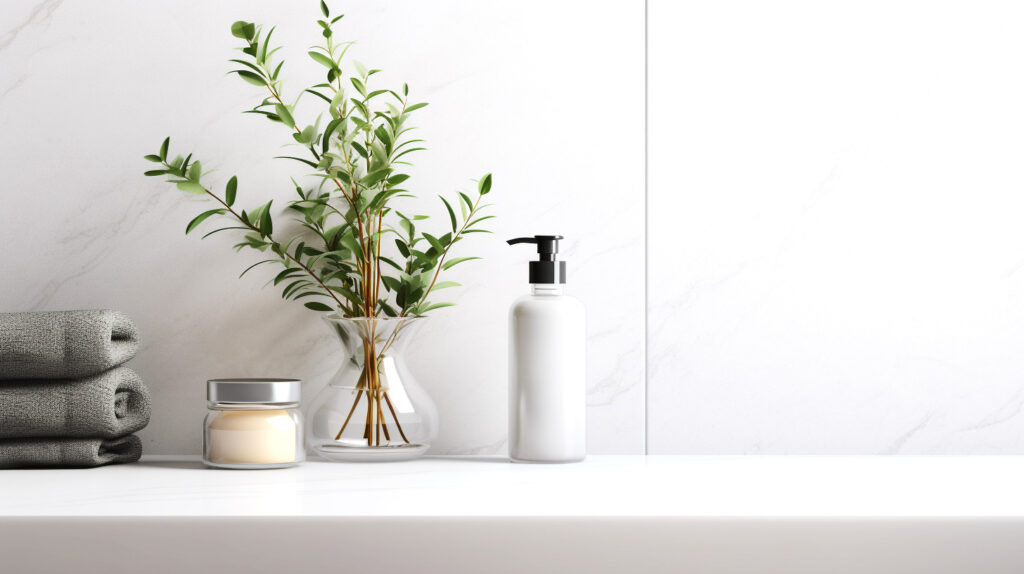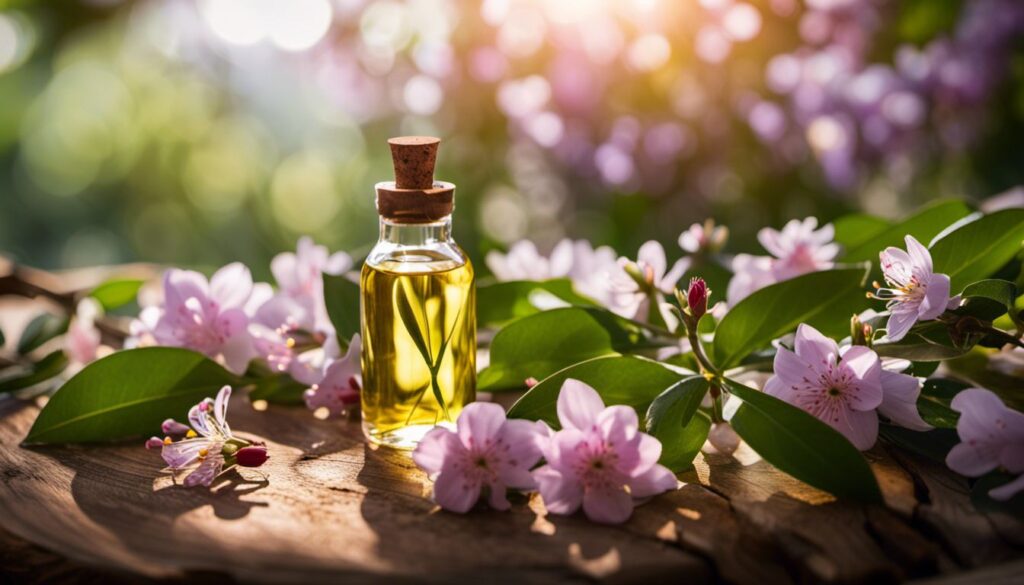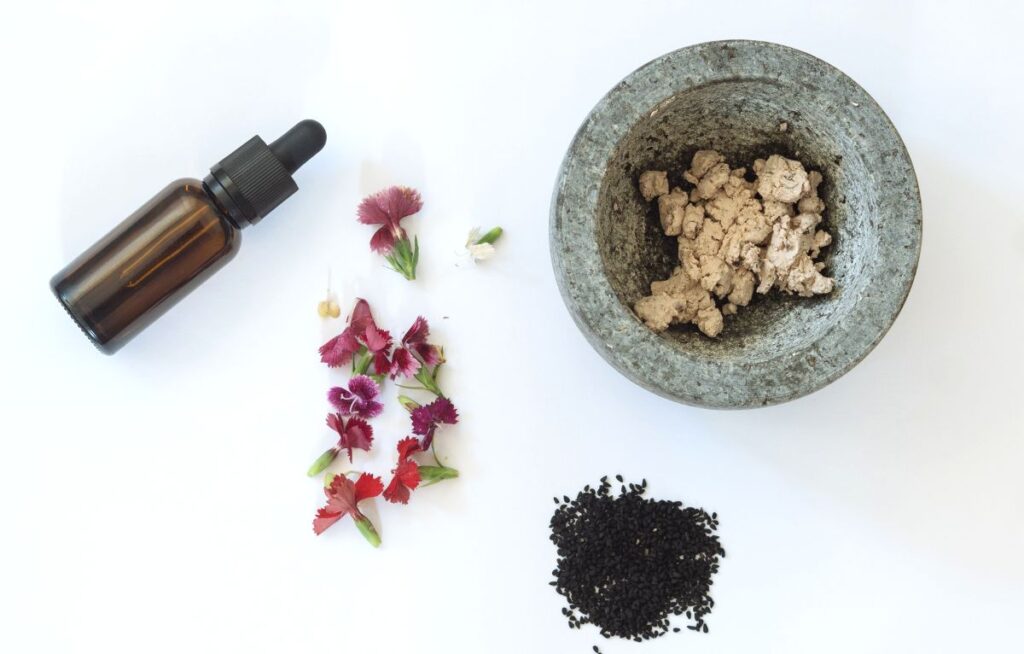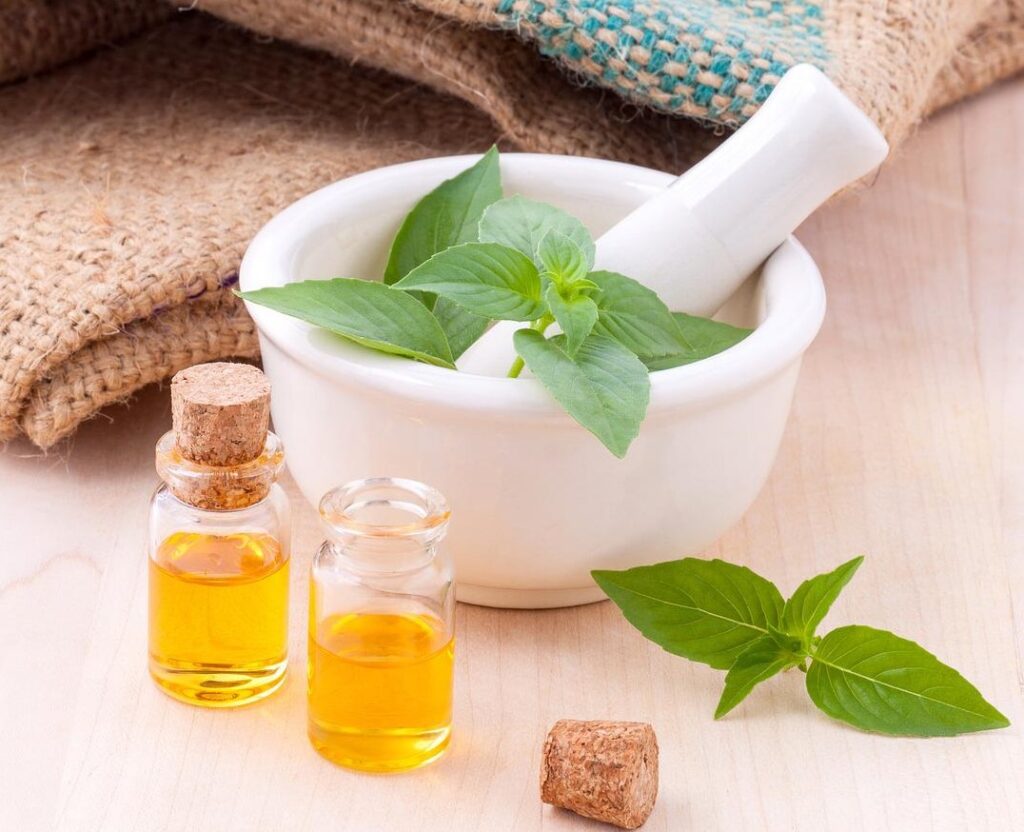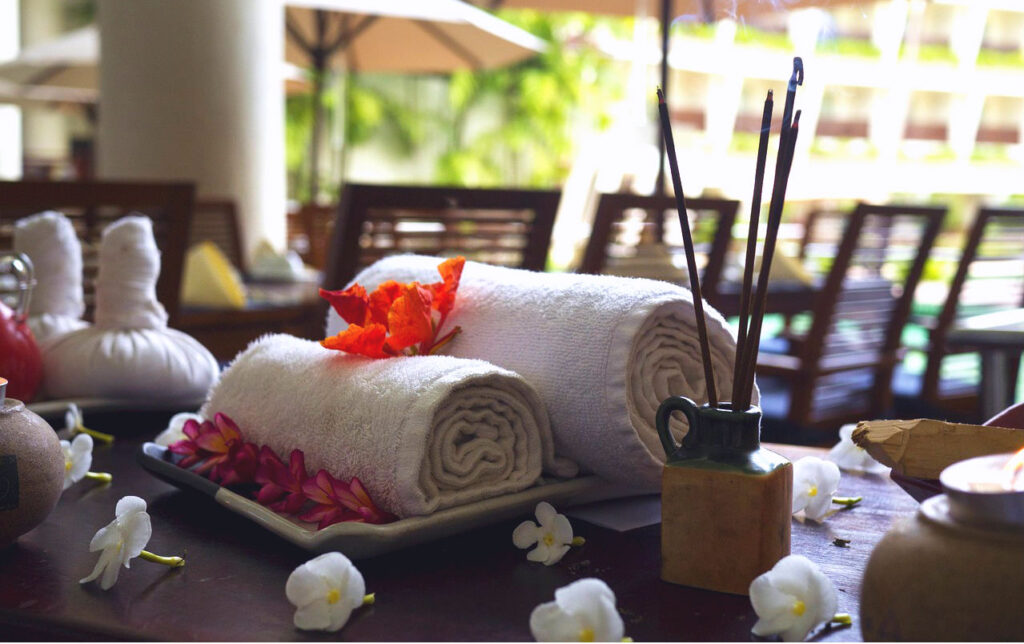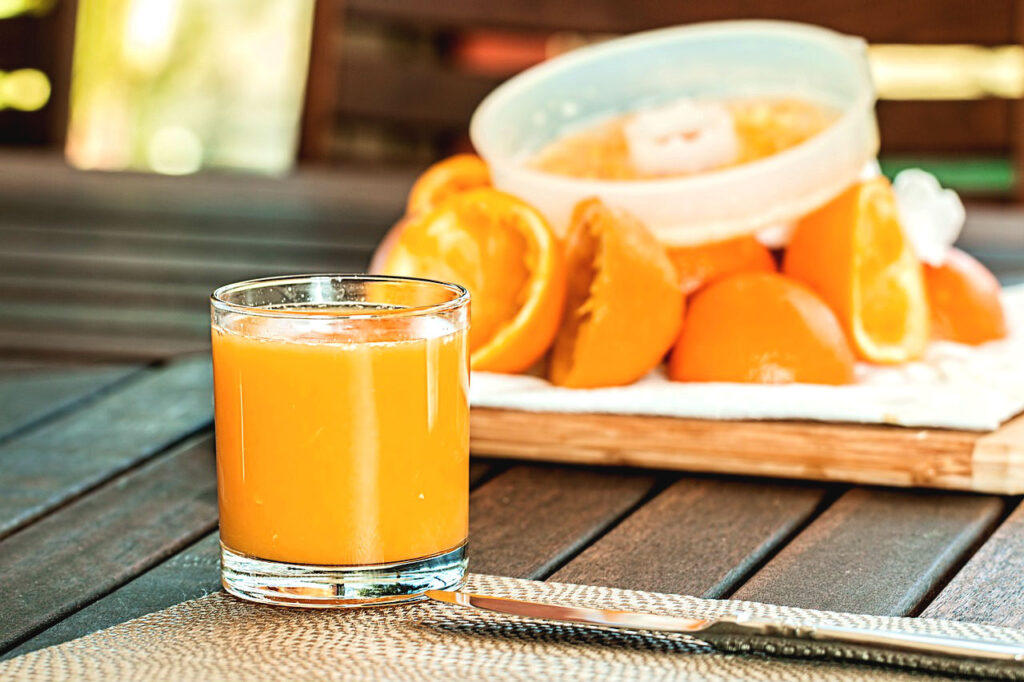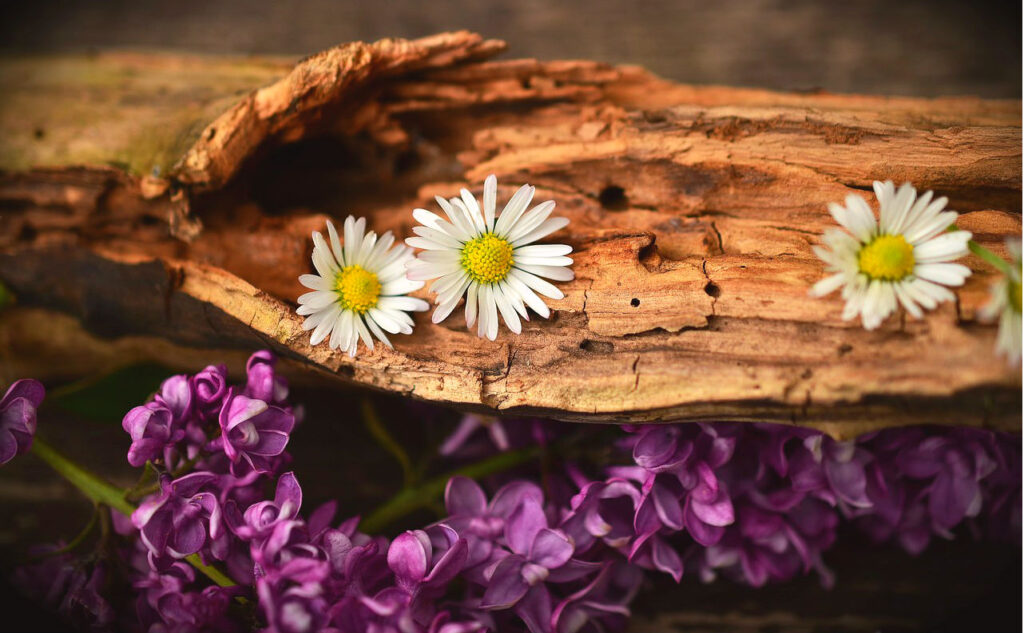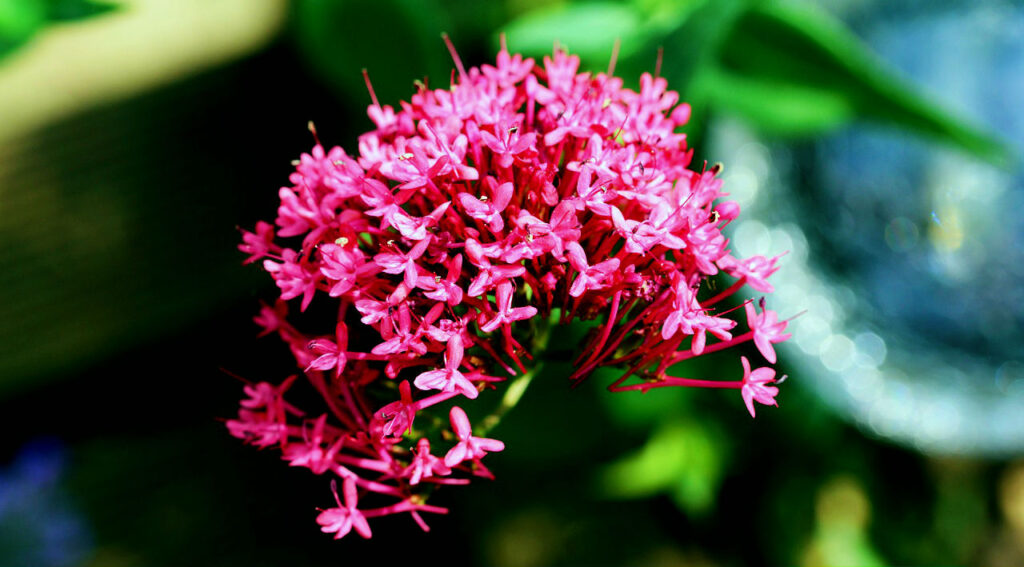Using Essential Oils in the Shower: Comprehensive Guide – 7 Best Shower Oils
Using Essential Oils in the Shower: Comprehensive Guide – 7 Best Shower Oils Have you ever thought about how much your daily shower influences your mood, energy, and overall well-being? Most people overlook it, but with just a small tweak,
Using Essential Oils in the Shower: Comprehensive Guide – 7 Best Shower Oils Read More »
